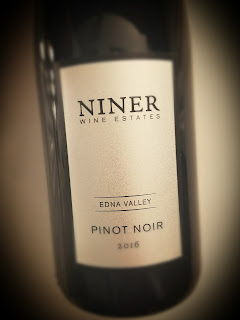Long after Grandpa's passing, she told the story at a family dinner of how she sneaked down the stairs as a child and drew off a sample to taste. It was forbidden, and so much more desirable as a result. Grandpa was her hero, and she held him at the highest esteem. He could do no wrong. She sipped the liquid and spewed it out onto the floor immediately struck dumb by the acidic liquid. She held the secret for decades, the secret that Grandpa made bad wine.
At this point in the story, Grandpa’s son Uncle Joe interrupted to say, "Grandpa didn’t make wine, he made vinegar!" A round of laughs ensued. Relieved, my wife could put to rest the awful thought that Grandpa had failed at something. It may have been crappy wine, but it was the best vinegar they all had ever had.
 |
| Why I like the wine list at Terroni |
It's a good wine, a slightly fizzy wine with a dark color and that wonderful, grapey Lambrusco aroma. On the palate it's completely dry and carries a gentle acidity. The taste takes me back to childhood, to those grape icicle pushups that were so good in the summer. The wine, of course, has none of that sweetness but it harkens back to that deep flavor. It's no Riunite. It's a very good wine which stands on its own merit. And when you want a good Lambrusco, nothing else will do. It goes great with eggs and sausage, by the way.
Follow Randy Fuller on Twitter













